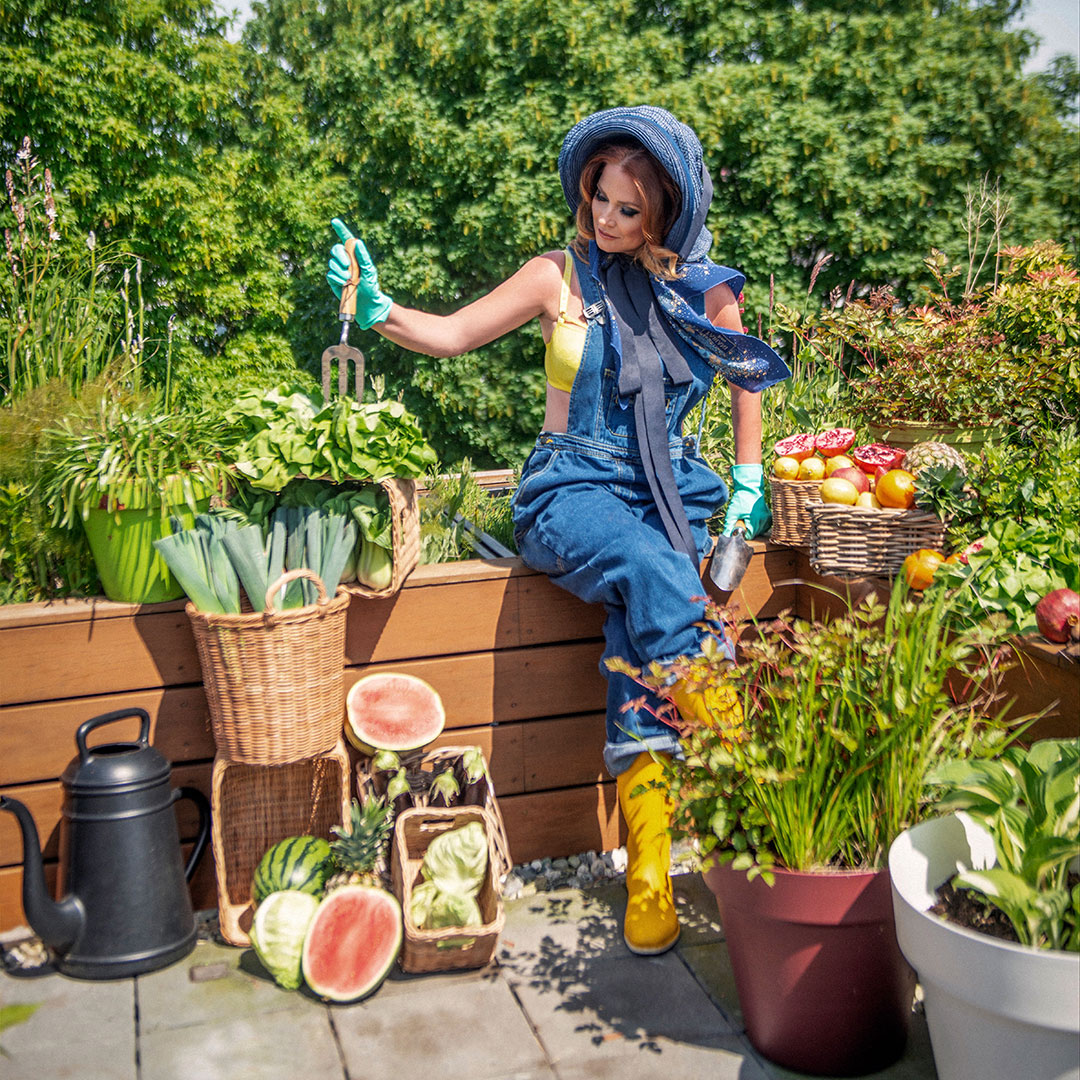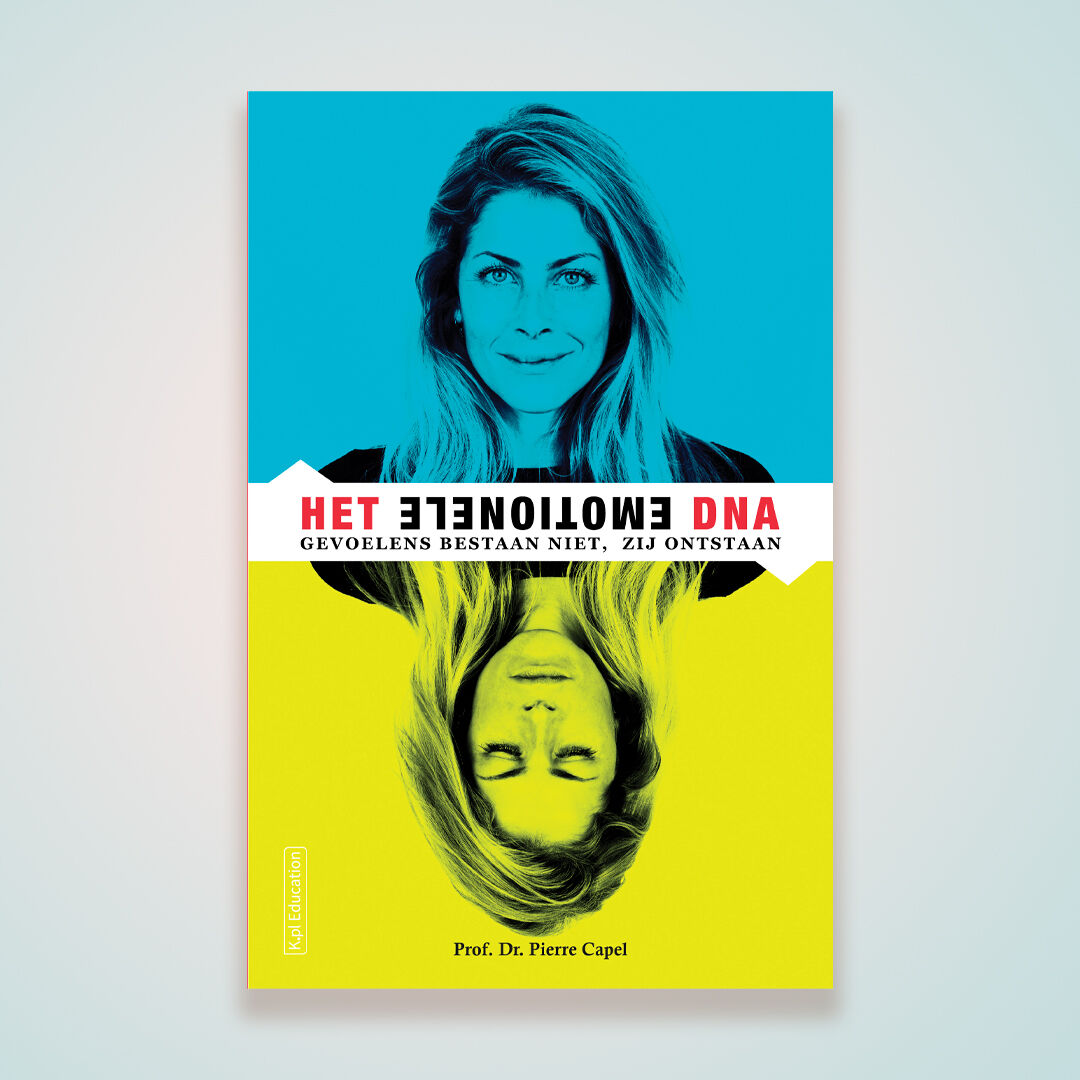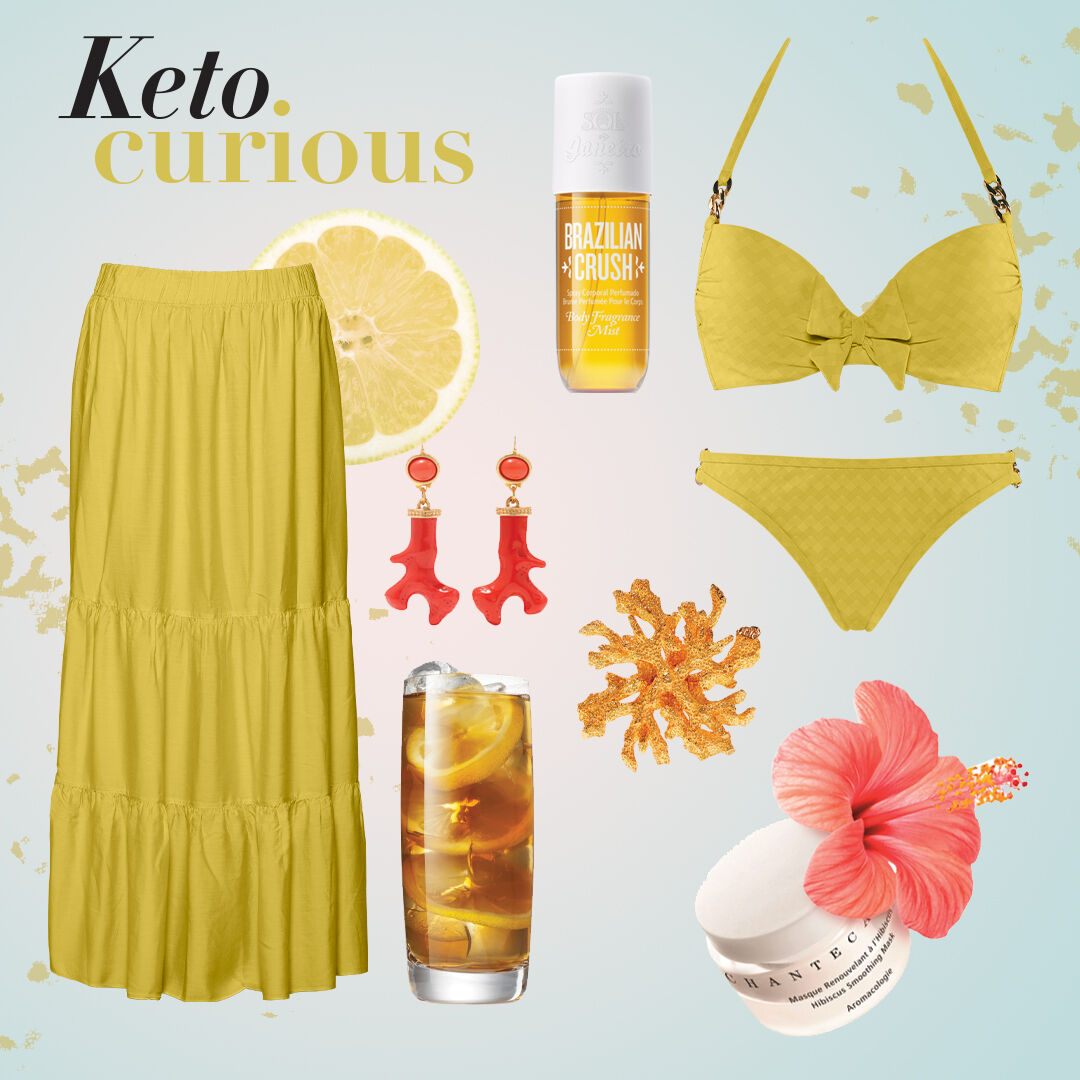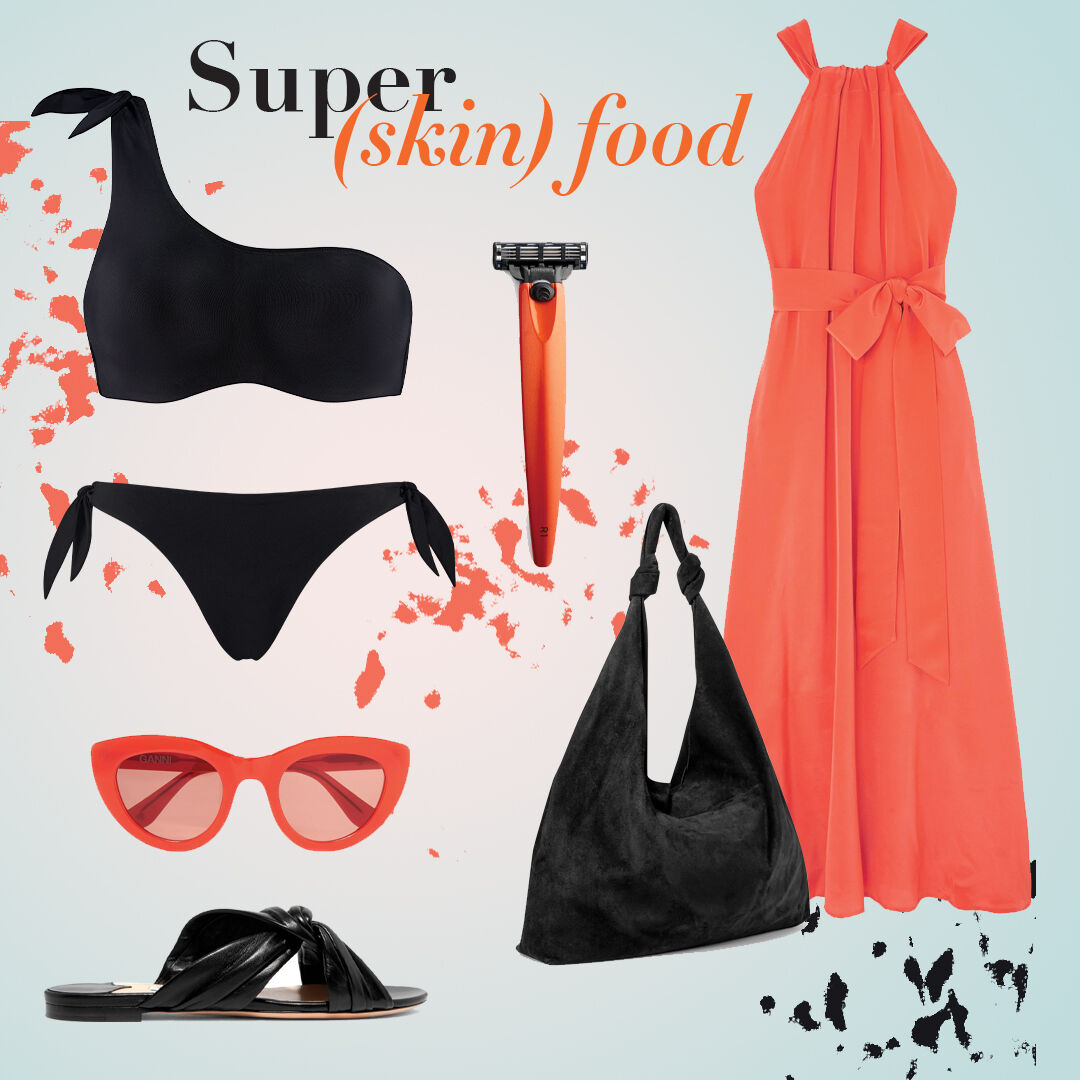A pocket full of freedom
Comfy, sturdy, baggy enough to easily slip in and out of, with a bib and plenty of pockets to keep your hands free - the first pair of dungarees, made by German-Jewish immigrant Levi Strauss in 1853, was every farmer's wet dream. Levi used a tough, indestructible fabric from a town in India called Dongari, hence the name 'dungaree'. As practical on the factory floor as they were on the farm, dungarees became a blue-collar favorite, worn mostly by men. But that all changed during the world wars...
Working women When millions of men left Britain on military service during WW1, women were desperately needed to 'fight in the fields' at home as farm workers. About these dungarees-clad 'Land Girls', a reporter wrote: "It was a novelty to see the girls really working the land in their working clothes, instead of their printed frocks." By WW2, American women would follow suit, with factory girls claiming the work floor in their denim coveralls, just like poster girl 'Rosie the Riveter' who famously flexed her arm underneath the slogan 'We can do it!'. Frustratingly, the women didn't get paid as much as their male colleagues, but they did get something that inspired them to start changing the gender dynamics: a taste of freedom.
Lesbian chic During the 1950s, Hollywood glamorized these wartime working girls in romantic movies, starring icons like Doris Day and Marilyn Monroe who looked absolutely smashing in their overalls. Et voilá: dungarees became fashionable for the first time. The bra-burning feminists of the 1960s however, had very different reasons for claiming denim overalls as their (unisex) uniform. Its baggy shape was used as a protest against the overt sexualization of women; its plentitude of pockets symbolized women's independence: we didn't need men to carry our stuff. It even became a bit of a stereotype: the 'ugly lesbian' in dungarees, rejecting her femininity.
Superpower But feminism, like fashion, goes in waves. And with a new generation of feminists celebrating their femininity as a superpower - think of Madonna in her Jean Paul Gaultier cone bra in 1990 - dungarees were rediscovered as a piece of clothing that allows you to show your body on your own terms. Combined with oversized plaids (girl band TLC), they help you release your inner tomboy; worn with a tiny bikini (Rihanna) or nothing at all (Mia Goth), the baggy shape actually highlights your curves. Like early 2000s fashion icon Carrie Bradshaw ('Sex and the City') showed by wearing a sexy Marlies Dekkers bra in one scene and playful denim bibs in the next: playing with different personae is a woman's prerogative, liberating and lots of fun.
And here we are, still rocking our dungarees. Yes, Levi Strauss' beloved bibs have come a long way, and so have we. From feminine feminists to fashionistas and female gardeners; we all love the look, but more importantly, we love how dungarees make us feel: free to be who we want to be.
MD Friends
Building bridges
From the Erasmus Bridge and the Mercedes-Benz Museum to Qatar’s metro network; Ben van Berkel’s iconic landmarks bring people together in rapturous beauty, again and again. I talked with the Dutch architect and educator about sensuality, ‘healthy’ buildings and the remarkable parallels between our designs.
MD Friends
More than a feeling
Don’t ignore your emotions; they are much more powerful than you can imagine. By linking the magical world of emotions with hard science, Dutch scientist Pierre Capel, professor emeritus in experimental immunology, shows us the consequences of our feelings and the power of our minds. The message: we can do much more than we think. “Meditate. It’s the single best thing you can do for your health.”
Marlies Says
Keto curious?
The fact that I feel bikini-confident all year round is, of course, a nice bonus. But for me, the biggest payoff of following the keto diet is the way it optimizes my health and gives me tons of energy.
Marlies Says
Super (skin) food
‘If you can’t eat it, why put it on your skin?’. I pretty much live by this beauty adage. After all, with your skin being one of your body’s largest organs, anything – and I mean anything! – you put onto your skin will end up in your bloodstream.











